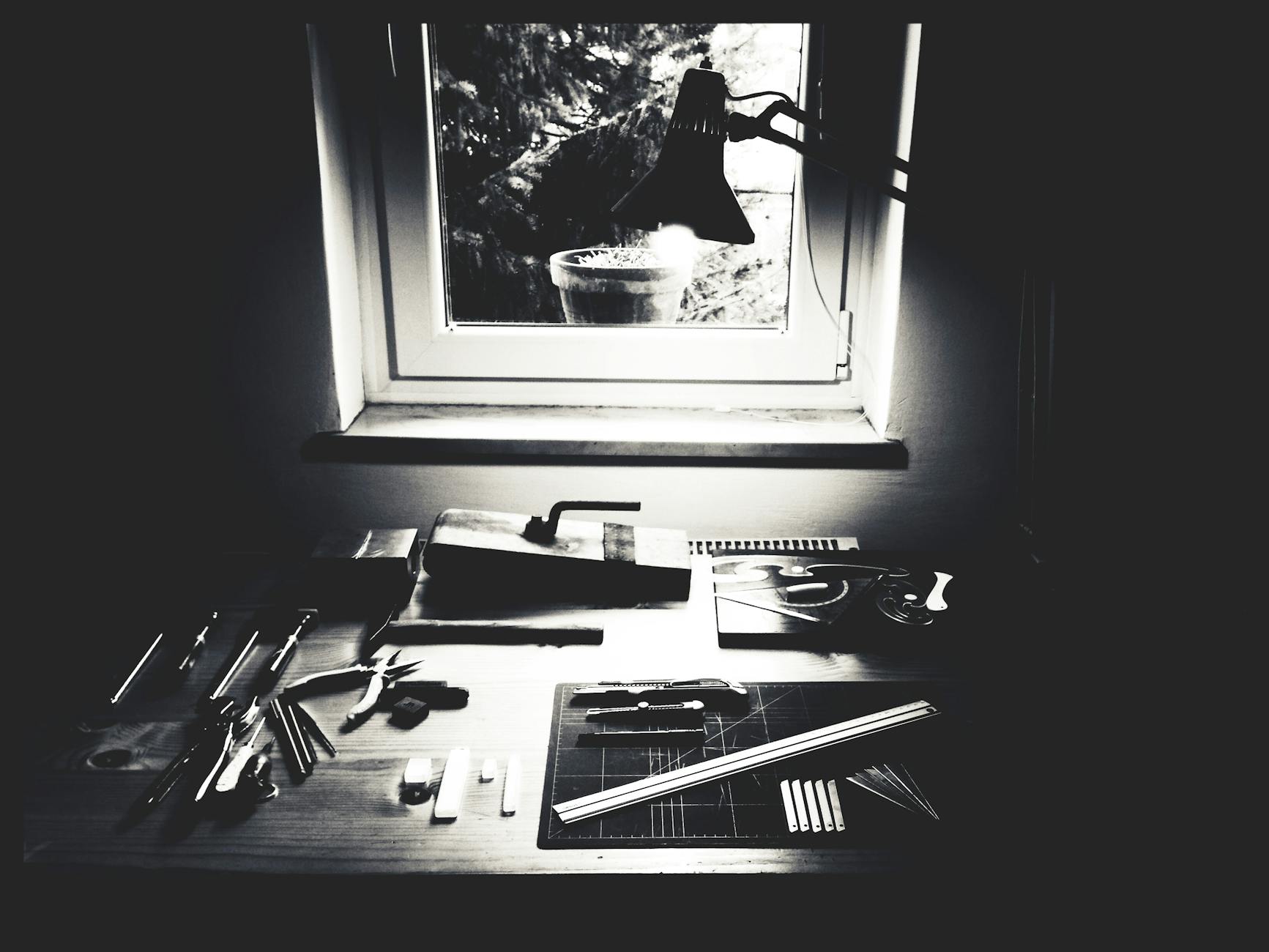Is Your Film's Soundtrack Holding You Back in Australia?

Evaluating Your Soundtrack
Assessing Quality and Clarity
To effectively evaluate the quality and clarity of your soundtrack, start by listening to each component with a critical ear. Consider using high-quality audio equipment that captures the fine details, allowing you to discern even the most subtle elements. A practical tip is to test your soundtrack on different audio systems, from professional setups to standard speakers, which ensures consistency across various platforms your audience might use. This thorough approach is reminiscent of techniques used in the vibrant arts scene at Federation Square, where sound clarity is paramount to amplify artistic expressions in every performance.
Harmonizing with Visuals
Achieving harmony between your soundtrack and visuals is crucial in filmmaking. The goal is to create a seamless blend where the audio naturally enhances the narrative flow. Think about the emotions you wish to evoke and ensure your music aligns with the mood of each scene. A useful strategy is storytelling through sound, where each note complements the visual action, much like composing for the theatre productions Mia engages in. This aligns with Mia Thompson’s teaching philosophy of artistic integration, and she can draw inspiration from the synergy between visuals and sound.
Enhancing Emotional Impact
To amplify the emotional impact of your soundtracks, consider the role of your home entertainment system in achieving an immersive auditory experience. Choose music and sound effects that resonate emotionally with your audience, aiding in storytelling while accentuating crucial moments. Mix softer tones with crescendoes to evoke a spectrum of feelings. These techniques are applicable both in a classroom environment and in more creative compositions outside the school. By investing in versatile musical equipment, Mia can elevate her work, nurturing a more engaging and dynamic environment for her students.
Understanding Audience Preferences
Analyzing Cultural Context
To truly connect with audiences, it's vital to consider the cultural context in which your film will be viewed. Australia's vibrant arts scene, especially around Federation Square, is a reflection of its diverse cultural tapestry. As a filmmaker, immersing your work in the rich sounds and visual aesthetics specific to this locale can enhance relatability and appeal. Consider incorporating sounds that resonate with local audiences, which can be achieved in part through utilising an induction loop to capture authentic ambient audio. Understanding the cultural nuances and social dynamics of Melbourne's bustling streets provides a solid foundation for crafting stories that resonate on a personal level with viewers.
Identifying Target Demographics
Pinpointing your target demographic is a crucial step in ensuring your film’s success. Are you aiming at younger audiences exploring the arts, or seasoned viewers with a rich appreciation for the intricacies of film? Melbourne's film audience, especially those who frequent the film equipment shops on Swanston Street, tend to be tech-savvy, valuing innovation and engagement. Tailoring your project's narrative and technological approaches—such as using monitors for video conferencing to collaborate with other creatives—can foster a stronger connection with the intended viewers.
Tailoring to Regional Tastes
Understanding regional tastes involves blending your film’s content with the unique characteristics of its setting. Melbourne's creative hubs in Fitzroy stand as melting pots of artistic innovation and eclectic tastes. When fine-tuning your film, consider how regional preferences might inform your choice of recording equipment. This ensures the final output not only meets industry standards but also feels specific to its Australian audience. Bridging the gap between global appeal and local authenticity can elevate your film’s impact.
Integrating Australian Elements
Using Local Instruments
When it comes to film production, the art of integrating sound is just as critical as visual storytelling. One effective way to enrich your film is by incorporating local instruments, which adds authenticity and a unique charm. For instance, the distinct sound of a didgeridoo can instantly transport your viewers to the heart of Australia. A professional microphone is key to capturing the subtle nuances of these instruments, ensuring clarity and depth in your sound scape. As you scout for equipment, don’t forget to check out the stores brimming with options on Swanston Street in Melbourne—mecca for filmmakers seeking quality recording gear.
Highlighting Indigenous Sounds
Incorporating indigenous sounds not only sets your film apart but connects deeply with audiences by telling stories of cultural significance. Consider reaching out to Indigenous artists who specialize in traditional music, adding layers of meaning through genuine collaboration. With Melbourne's vibrant arts scene at Federation Square, there is no shortage of events and performances showcasing Indigenous music. This offers an endless reservoir of inspiration and potential collaborators.
Collaborating with Local Artists
Tapping into Melbourne's creative hubs, particularly around Fitzroy, provides myriad opportunities for collaboration with talented local artists. From musicians to sound engineers, working with local talent helps expand your project's cultural resonance. Engaging with artists who know how to masterfully utilize paging systems to layer multiple sound sources will enhance your project's professional feel. Consider setting up brainstorming sessions in local coffee shops to facilitate a seamless merge of artistic visions, making your final product both authentic and engaging.
Technical Considerations
Balancing Audio Levels
When working with pro audio equipment, achieving the right balance in audio levels is crucial. In any production, maintaining consistent sound levels ensures clarity and prevents audience distraction. It's essential to use a mixing console to monitor output levels accurately, allowing for minute adjustments that suit the scene's emotional tone. Doing so prevents certain elements from overpowering others, maintaining harmony between dialogue, music, and ambient noise.
Ensuring Compatibility
A well-integrated home entertainment system enhances the viewer's experience, making compatibility a top priority. Before making any equipment choices, ensure that all devices—whether they're used for film production or classroom demonstrations—are compatible. This means checking the specifications of each component, considering factors like the type of outputs and inputs, audio format support, and wireless connectivity options. A seamless setup ensures your creative output is delivered as intended, without technical hiccups.
Optimizing Sound Formats
For any creative project, opting for the right sound format ensures a sharp and immersive audio experience. Popular formats like Dolby Atmos or DTS:X can recreate a multidimensional soundscape, crucial for bringing scenes to life. However, when working within budget constraints, selecting versatile and widely-supported formats like AAC or MP3 can still provide high-quality sound, especially for educational settings or independent projects. Equipping yourself with this knowledge empowers you to make informed decisions that enhance the listening experience.
Avoiding Common Mistakes
Simplifying Scores
It's easy to get carried away with complex musical compositions, especially when surrounded by the inspiration of Melbourne's creative energy. Yet, overcomplicating your score can drown out the storytelling. Strive for simplicity—much like a well-shot scene, a soundtrack must have room to breathe. Consider revisiting music shops on Swanston Street for minimalistic scores or even local production houses, where you can find inspiration that aligns with your project’s tone.
Listening to Your Audience
Often, we can ignore crucial feedback caught up in the artistic whirlwind. Feedback is like the compass in filmmaking, guiding you closer to an immersive narrative experience. Whether it's informal critiques at Federation Square screenings or comments on your latest short film project, take time to analyze audience responses. Embracing audience feedback can sharpen your film's emotional resonance and create moments that truly connect.
Perfecting the Sound Mix
Amid the hustle and bustle of Fitzroy’s creative hubs, it’s easy to undermine the impact of a good sound mix. Neglecting it might be akin to having poor lighting on a pivotal scene. Use the dynamic soundscapes available locally and ensure your sound mix aligns with the visuals. Balancing dialogue, effects, and music is essential—consider engaging with local sound engineers who bring a unique flair from Melbourne’s arts scene.
Feel like stepping back into your film’s editing suite? Remember, the essence of great filmmaking lies in the details, and by avoiding common pitfalls, you elevate both the story and audience experience.


